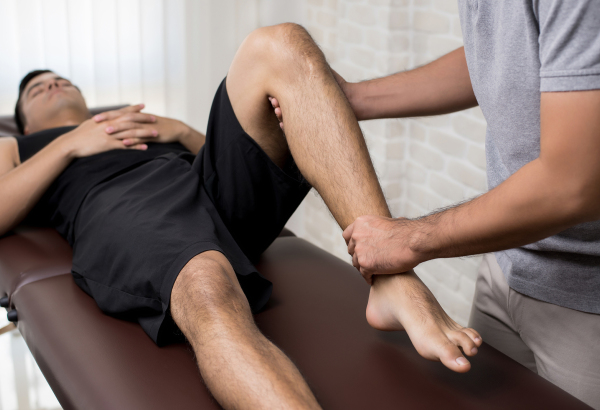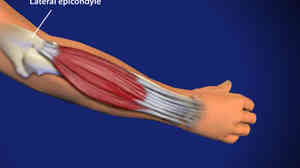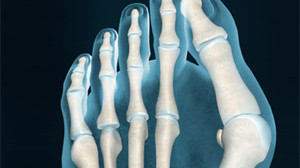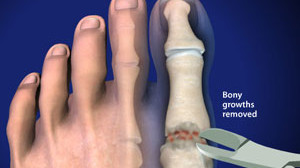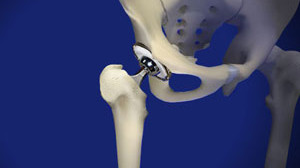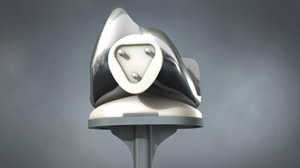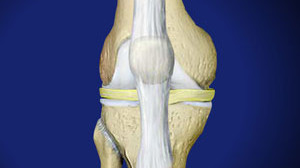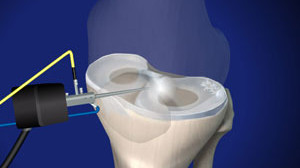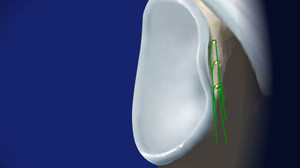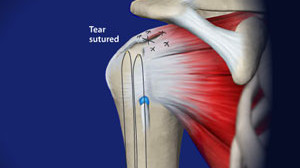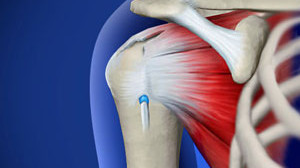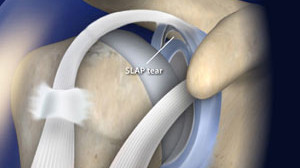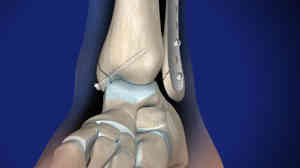-
Lateral Epicondylitis (Tennis Elbow)
This condition, commonly called tennis elbow, is a degeneration of the tendons that attach to the lateral epicondyle, the bony bump on the outer side of the elbow.
-
Bunionectomy (Chevron Bunionectomy)
This outpatient procedure is performed to correct a bunion, a deformity of the toe joint. During the procedure, the surgeon may remove excess bone and then shift the toe into proper alignment. This surgery is commonly performed with regional anesthesia.
-
Cheilectomy
This surgical procedure is used to help relieve symptoms of hallux rigidus by removing bony growths on top of the big toe's main joint. This procedure improves joint movement and is most successful in patients with less severe arthritis.
-
Total Hip Replacement
This surgery replaces diseased and damaged portions of the hip with implants designed to restore function to the hip joint.
-
Total Knee Replacement
This procedure restores function to a severely damaged knee. Most commonly, it is used to repair a knee that has been damaged by arthritis. During the procedure, the surgeon replaces the damaged portions of the knee with artificial parts. These parts consist of a metal femoral component, a metal tibial component and a plastic spacer. A small plastic patellar component may also be used.
-
ACL Reconstruction
This procedure replaces a damaged anterior cruciate ligament (ACL). The ACL connects the front top of the tibia (the lower leg bone), to the rear bottom of the femur (the thigh bone).
-
Meniscus Repair
The meniscus is a band of cartilage in the knee that acts as a shock absorber and provides stability to the knee joint. The meniscus helps protect the articular cartilage, the smooth covering on the ends of the femur and tibia. If a meniscus tears, it can often be repaired through arthroscopic surgery.
-
Arthroscopic Bankart Repair
This arthroscopic procedure is used to repair a detached labrum. The labrum is a thick band of cartilage attached to the glenoid. It lines the shoulder socket and helps keep the ball of the humerus in place.
-
Arthroscopic Rotator Cuff Repair
This surgical procedure is used to inspect and reattach torn tendons in the shoulder's rotator cuff. The initial part of the surgery is performed arthroscopically through small tubes. In some cases, open surgery may be needed to repair large tears.
-
Mini-Open Rotator Cuff Repair
This surgical procedure is used to inspect and reattach torn tendons in the shoulder's rotator cuff. The initial part of the surgery is performed arthroscopically through small tubes. An open incision may be needed if the damage is severe.
-
SLAP Repair
This arthroscopic procedure is performed to repair a tear of the biceps tendon at the point where it connects to the labrum, a ring of cartilage that surrounds the shoulder socket. A tear at this point is called a SLAP (Superior Labrum Anterior-Posterior) tear. SLAP repair is performed under general and regional anesthesia, and patients usually leave the hospital the same day.
-
Ankle Fracture Surgery
This surgical procedure is used to correct a fracture of the fibula or tibia in the ankle joint. The procedure involves attachment of a fixation plate made of stainless steel or titanium to the fibula and use of screws or fixation plate on the tibia to stabilize the bones and allow healing.
